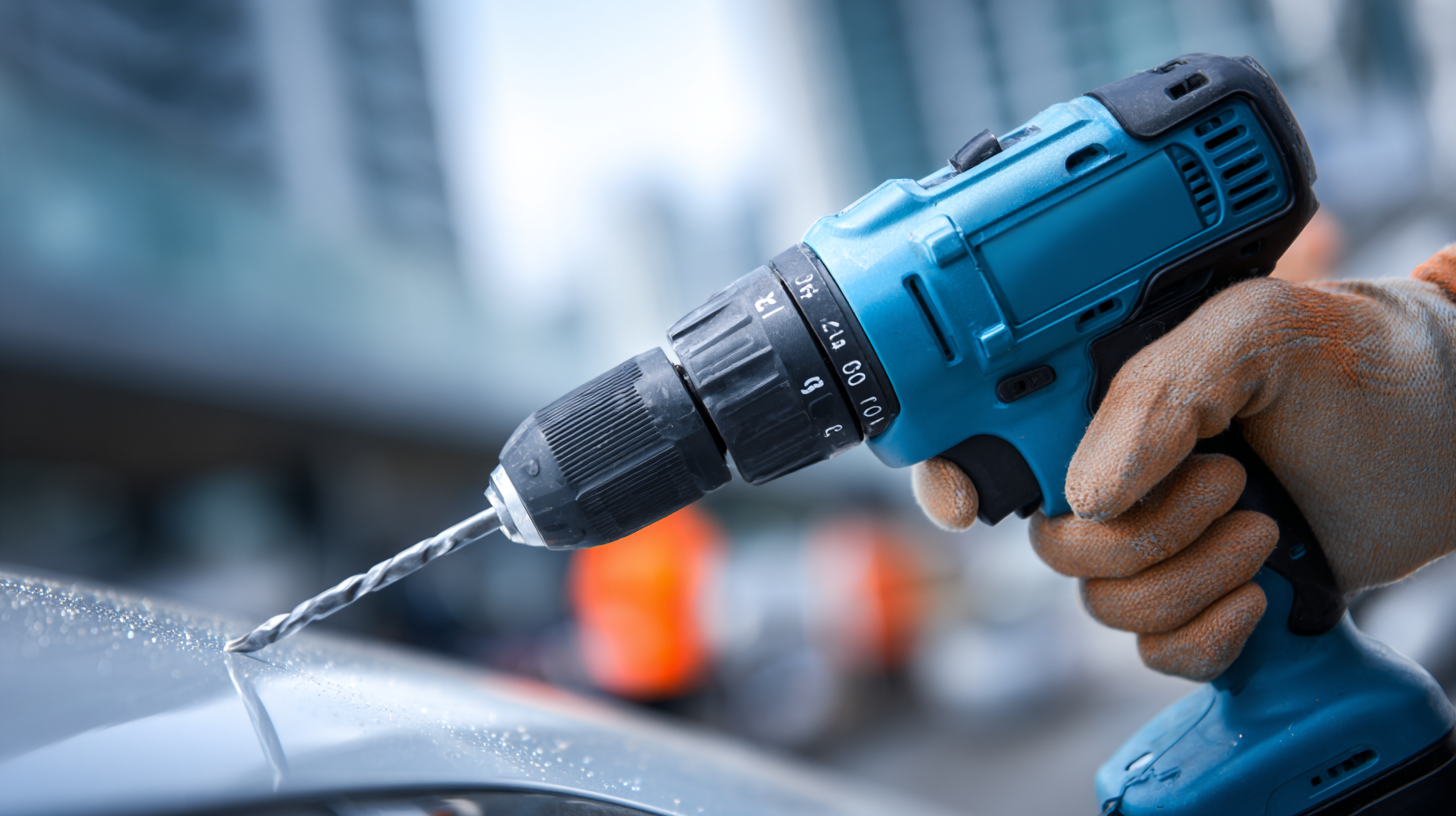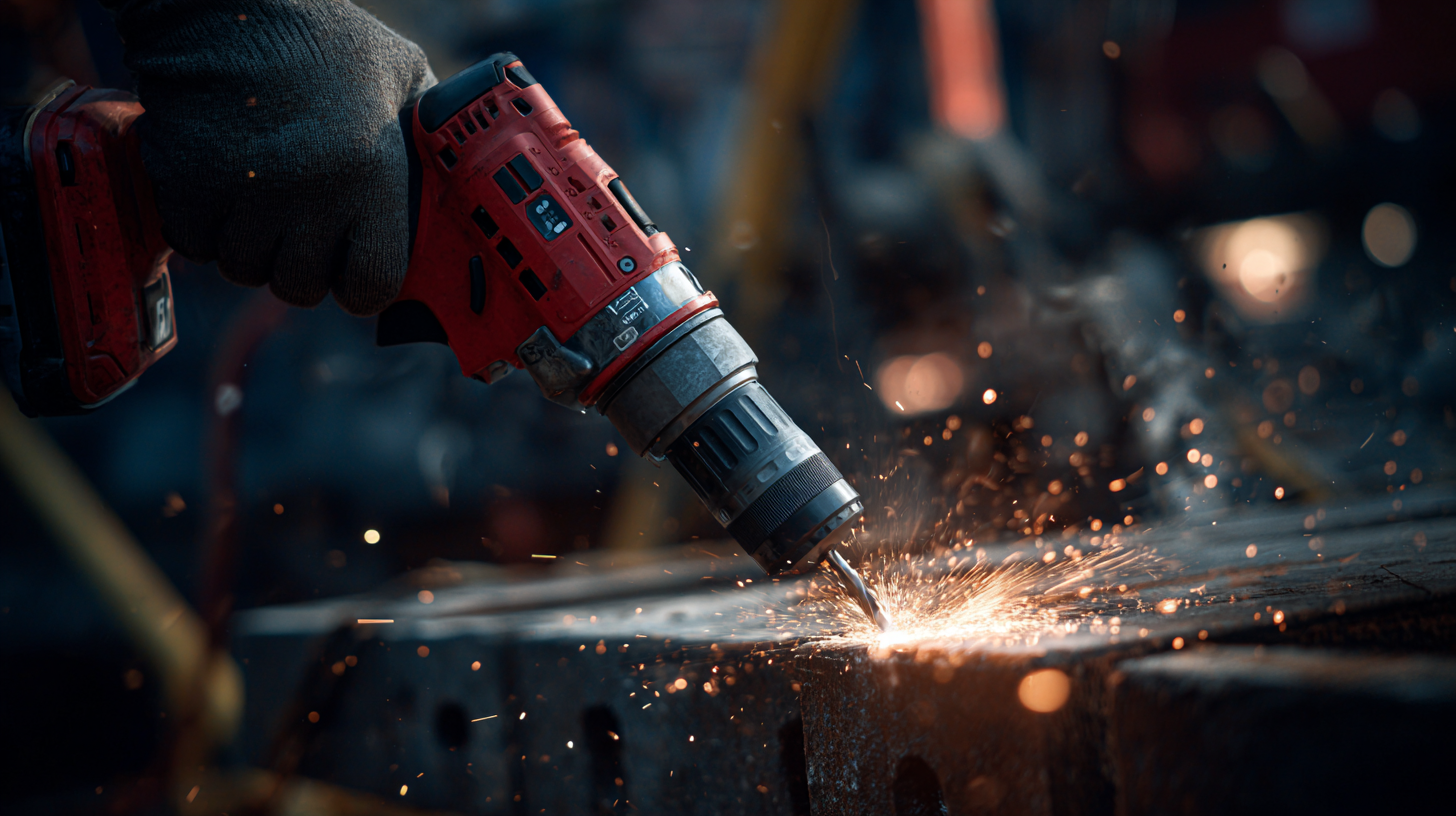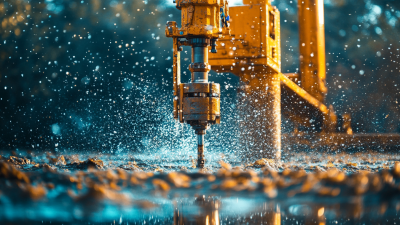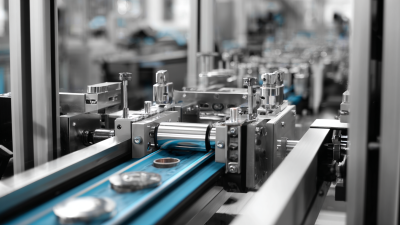In the realm of DIY projects, efficiency is key, and utilizing the right tools can make all the difference. One tool that has gained popularity among enthusiasts and professionals alike is the High Speed Air Drill. This powerful device is designed to deliver rapid drilling speeds, significantly reducing the time and effort needed to complete various tasks.
 Whether you're tackling a home improvement project or crafting intricate designs, the High Speed Air Drill offers precision and effectiveness that traditional drills often lack. In this article, we will explore the advantages of incorporating a High Speed Air Drill into your toolkit, provide essential tips for maximizing its potential, and highlight the best practices for achieving outstanding results in your DIY endeavors.
Get ready to unleash the full power of this remarkable tool and transform your projects into a seamless and enjoyable experience.
Whether you're tackling a home improvement project or crafting intricate designs, the High Speed Air Drill offers precision and effectiveness that traditional drills often lack. In this article, we will explore the advantages of incorporating a High Speed Air Drill into your toolkit, provide essential tips for maximizing its potential, and highlight the best practices for achieving outstanding results in your DIY endeavors.
Get ready to unleash the full power of this remarkable tool and transform your projects into a seamless and enjoyable experience.
When embarking on DIY projects, selecting the right high-speed air drill can significantly impact efficiency and quality. First, consider the drill's RPM (revolutions per minute) and torque. A higher RPM allows for faster drilling, which is ideal for tasks like installing screws or drilling through softer materials. Meanwhile, adequate torque is crucial for tougher projects, ensuring that the drill can handle resistance without stalling. Evaluating your typical projects will help determine the balance between these two specs.
Additionally, pay attention to the drill's ergonomics and weight. A lighter model may reduce fatigue during extended use, while an ergonomic design ensures a comfortable grip, allowing for better control during intricate tasks. Don’t forget to check the chuck size and compatibility with various drill bits, as this factor can expand your tool's versatility. By considering these elements, you can choose a high-speed air drill that perfectly aligns with your DIY needs, ultimately enhancing both efficiency and outcomes.

When utilizing high-speed air drills for DIY projects, incorporating essential accessories can significantly enhance performance and efficiency. A well-maintained air system, for instance, can boost the drill's output by up to 25%, as noted in a report by the Air Conditioning, Heating, and Refrigeration Institute (AHRI). This efficiency not only makes drilling faster but helps in achieving cleaner cuts, reducing project turnaround time for amateur and experienced DIYers alike.
One critical accessory is the right chuck size and type, which can ensure a secure grip on various drill bits, minimizing slippage and optimizing torque. Studies indicate that using an appropriate chuck can improve energy transfer by more than 10%. Furthermore, integrating high-quality air hoses and fittings is essential; poorly fitted hoses can lead to air loss, reducing the drill's effectiveness. According to a survey conducted by the National Institute for Occupational Safety and Health (NIOSH), using quality accessories can elevate tool lifespan and performance, making investments in these enhancements worthwhile for any DIY enthusiast.
When using high-speed air drills for DIY projects, mastering efficient drilling techniques can significantly enhance productivity and outcomes. One essential technique is to maintain a consistent grip and pressure on the drill. This ensures uniform drilling depth and reduces the risk of excessive wear or damage to both the tool and the material. Additionally, utilizing the right drill bit for the specific material being worked on is crucial. For instance, carbide bits work well for metal, while high-speed steel bits are ideal for wood. Selecting the appropriate bit not only improves efficiency but also yields cleaner and more precise holes.
Another important consideration is the speed settings on the air drill. Understanding when to adjust the speed based on the material can prevent overheating and extend the lifespan of the drill bit. For softer materials, a higher speed is often preferable, while harder substances benefit from slower speeds with increased torque. Incorporating cooling techniques, such as using cutting fluid for metal, can further boost efficiency and prolong the tool's effectiveness. By refining these techniques, DIY enthusiasts can fully leverage the capabilities of high-speed air drills, leading to impressive results in their projects.
When using high-speed air drills for DIY projects, safety should be your top priority. According to the National Institute for Occupational Safety and Health (NIOSH), improper use of air tools can lead to serious injuries, with nearly 30,000 reported cases each year in the United States alone.  To ensure a safe working environment, always wear appropriate personal protective equipment (PPE) such as safety goggles, gloves, and hearing protection. These tools can produce noise levels exceeding 85 decibels, which can potentially lead to hearing damage over time.
To ensure a safe working environment, always wear appropriate personal protective equipment (PPE) such as safety goggles, gloves, and hearing protection. These tools can produce noise levels exceeding 85 decibels, which can potentially lead to hearing damage over time.
Furthermore, it's crucial to maintain a clean workspace free from hazards. A study by the Occupational Safety and Health Administration (OSHA) indicates that slips and falls are among the leading causes of injuries in home improvement projects. Always secure loose items and ensure proper ventilation when using air drills to mitigate the risk of accidents due to dust or other debris.
Additionally, read the manufacturer’s instructions for your specific air drill model and regularly check for any signs of damage or wear to avoid malfunctions that could lead to injuries. Adhering to these safety tips will enhance your efficiency and keep your DIY projects enjoyable and risk-free.
When it comes to DIY projects, a high-speed air drill can significantly boost your efficiency, but maintaining this tool is crucial for its longevity and reliability. Regular maintenance not only ensures optimal performance but also prevents unexpected breakdowns during your projects. Start by checking the air pressure regularly, as too much or too little can damage the internal components.
Additionally, keep your air drill clean. After each use, wipe down the exterior and remove any debris from the air intake. This will prevent dust and residue from entering the motor and causing malfunctions. Periodic lubrication of moving parts is also essential; refer to the manufacturer’s guidelines on the best lubricants to use.
Tips: Always inspect the air hose for leaks, as this can impact the drill's performance. Use a cleanup tool to clear out any buildup in the chuck or bit area to ensure a secure grip on your drill bits. Finally, store your high-speed air drill in a dry place, as moisture can lead to rust and corrosion, further extending its lifespan and reliability for future projects.
| Dimension | Description | Recommended Maintenance Frequency | Expected Lifespan (Years) |
|---|---|---|---|
| Air Pressure | Maintain optimal air pressure for best performance. | Monthly | 7-10 |
| Lubrication | Use proper lubricant to reduce friction and extend life. | Every 100 uses | 5-7 |
| Filter Cleaning | Clean or replace air filters for unimpeded airflow. | Monthly | 8-12 |
| Bit Replacement | Ensure bits are sharp and suitable for the material. | As needed | N/A |
| General Inspection | Check for damages and tighten loose parts. | Weekly | 5-10 |






